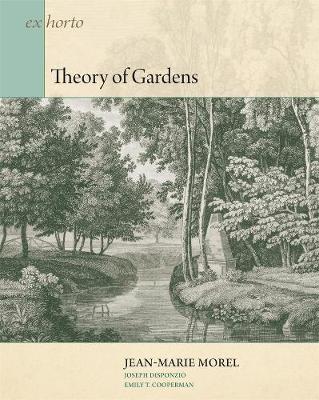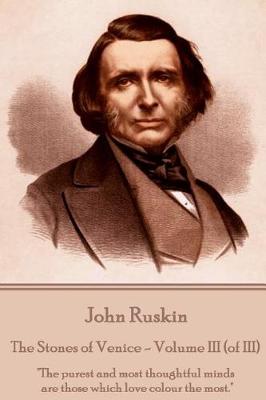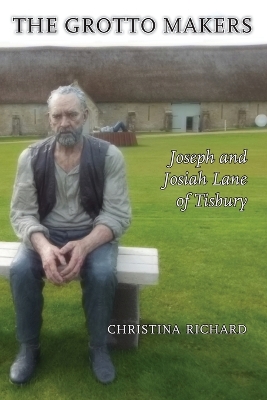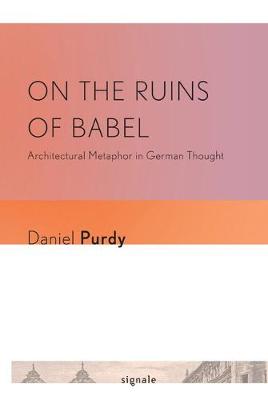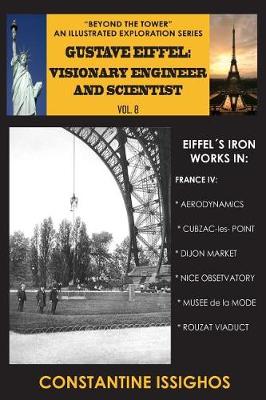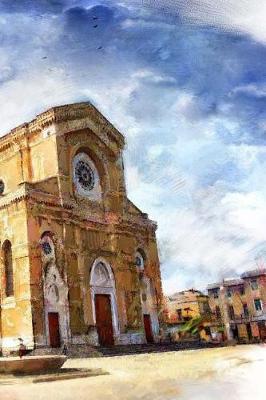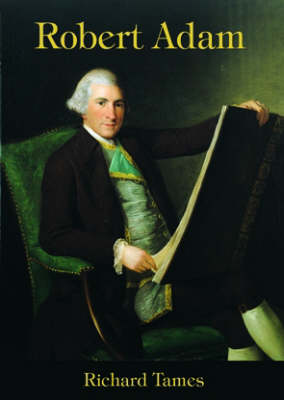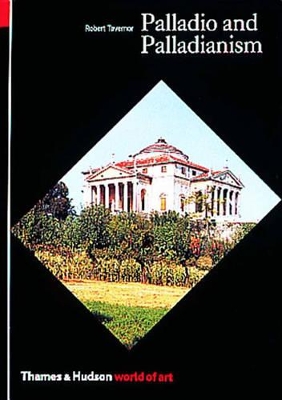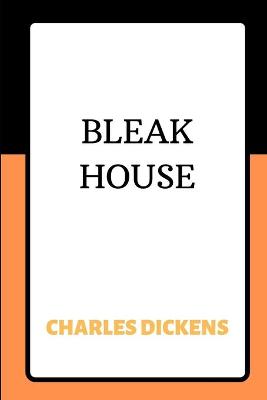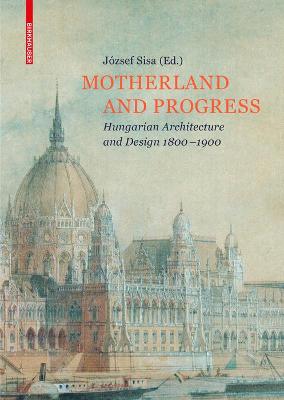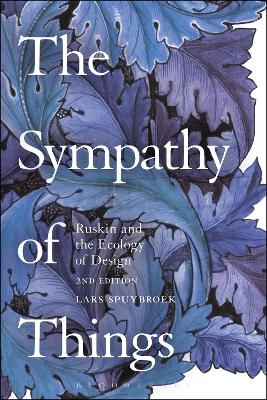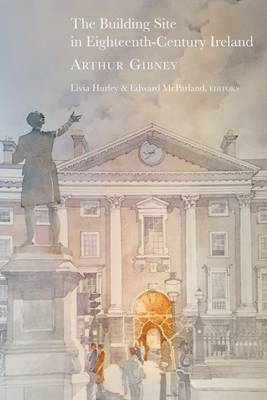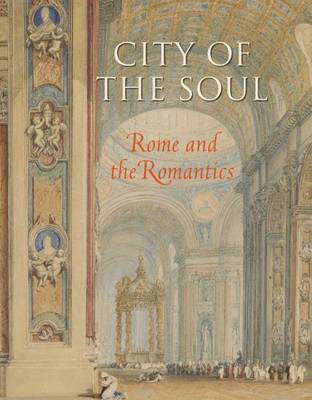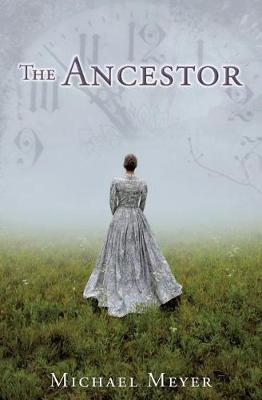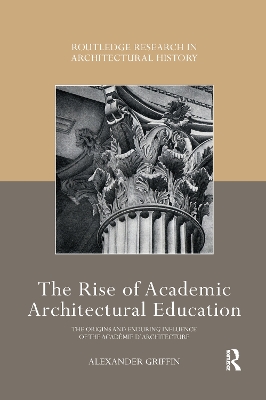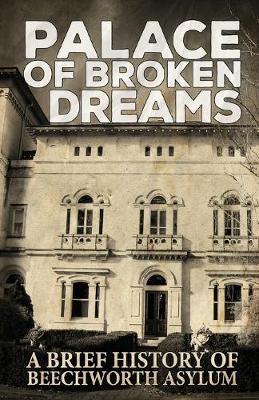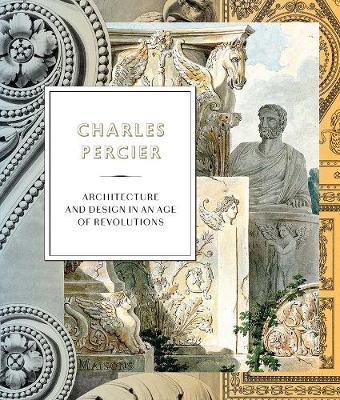Theory of Gardens (Ex Horto: Dumbarton Oaks Texts in Garden and Landscape Studies)
by Jean-Marie Morel, Joseph Disponzio, and Emily T. Cooperman
Pugin was one of Britain's greatest architects and his short career one of the most dramatic in architectural history. Born in 1812, the son of the soi-disant Comte de Pugin, at 15 Pugin was working for King George IV at Windsor Castle. By the time he was 21 he had been shipwrecked, bankrupted and widowed. Nineteen years later he died, insane and disillusioned, having changed the face and the mind of British architecture. Pugin's bohemian early career as an antique dealer and scenery designer at...
John Ruskin - The Stones of Venice - Volume III (of III)
by John Ruskin
The Architecture of Percier and Fontaine and the Struggle for Sovereignty in Revolutionary France
by Iris Moon
As the official architects of Napoleon, Charles Percier (1764–1838) and Pierre-François-Léonard Fontaine (1762–1853) designed interiors that responded to the radical ideologies and collective forms of destruction that took place during the French Revolution. The architects visualized new forms of imperial sovereignty by inverting the symbols of monarchy and revolution, constructing meeting rooms resembling military encampments and gilded thrones that replaced the Bourbon lily with Napoleonic bee...
On the Ruins of Babel (Signale: Modern German Letters, Cultures, and Thought)
by Daniel Purdy
The eighteenth century struggled to define architecture as either an art or a science-the image of the architect as a grand figure who synthesizes all other disciplines within a single master plan emerged from this discourse. Immanuel Kant and Johann Wolfgang Goethe described the architect as their equal, a genius with godlike creativity. For writers from Descartes to Freud, architectural reasoning provided a method for critically examining consciousness. The architect, as philosophers liked to...
The name of Robert Adam is today equated, as it was by his contemporaries, with taste, style and elegance. Since his death, the term 'Adamesque' has been used to describe not only ceilings, doorways and fireplaces but objects as various as the City Hall in Charleston and a chamber-pot. A university drop-out, Adam still made his own scholarly contribution to the understanding of classical architecture and was a talented painter as well. As visionary in the decoration of interiors as he was ingeni...
Andrea Palladio, probably the most famous architect of the Western world, stands at the beginning of the movement called Palladianism. For the landed gentry of sixteenth-century Venice he evolved a version of Renaissance architecture, combining classical authority, dignity and comfort, which he made available to the whole of Europe in his book, the Quattro libri dell'architettura. So successful was the Palladian formula that it was consciously revived in other countries and in other times: by I...
In the 19th century Hungary witnessed unprecedented social, economic and cultural development. The country became an equal partner within the Dual Monarchy when the Austro-Hungarian Compromise of 1867 was concluded. Architecture and all forms of design flourished as never before. A distinctly Central European taste emerged, in which the artistic presence of the German-speaking lands was augmented by the influence of France and England. As this process unfolded, attempts were made to find a uniqu...
‘If there is one thing we can learn from John Ruskin, it is that each age must find its own way to beauty’ writes Lars Spuybroek in The Sympathy of Things, his ground-breaking work which proposes a radical new aesthetics for the digital era. Spuybroek argues that we must 'undo' the twentieth century and learn to understand the aesthetic insights of the nineteenth-century art critic John Ruskin, from which he distils pointers for the contemporary age. Linking philosophy, design, and the digita...
City of the Soul critically examines how an international cast of visitors fashioned Rome's image, visual and literary, in the century between 1770 and 1870-from the era of the Grand Tour to the onset of mass tourism. The Eternal City emerges not only as an intensely physical place but also as a romantic idea onto which artists and writers projected their own imaginations and longings. The book will appeal to a wide audience of readers interested in the history of art, architecture, and photogr...
The Rise of Academic Architectural Education (Routledge Research in Architectural History)
by Alexander Griffin
Academic architectural education started with the inauguration of the Académie d'Architecture on 3 December 1671 in France. It was the first institution to be devoted solely to the study of architecture, and its school was the first dedicated to the explicit training of architectural students. The Académie was abolished in 1793, during the revolutionary turmoil that besieged France at the end of the eighteenth century, although the architectural educational tradition that arose from it was resur...
Living Room Notebook Large Size 8.5 X 11 Ruled 150 Pages
by Wild Pages Press
"The most distinguished private place" - that is how, in 1893, the great landscape architect Frederick Law Olmsted described Biltmore Estate, perhaps the most ambitious private building project of America's Gilded Age. It was only five years earlier that George Washington Vanderbilt purchased the first parcel of what would become his 125,000-acre estate in Asheville, North Carolina. Along with Olmsted, he commissioned the preeminent architect of the day, Richard Morris Hunt, to design the estate...
Charles Percier (Bard Graduate Center for Studies in the Decorative Arts(YUP))
Handsomely designed and richly illustrated, this publication surveys the magnificent spectrum of projects undertaken by French architect and interior designer Charles Percier (1764-1838). After gaining an illustrious reputation for supervising the scenery at the Paris Opera during the French Revolution, Percier was later appointed by Napoleon Bonaparte. With the Emperor's support, he developed the opulent versions of neoclassicism closely associated with the Napoleonic era, and now known as Dire...

